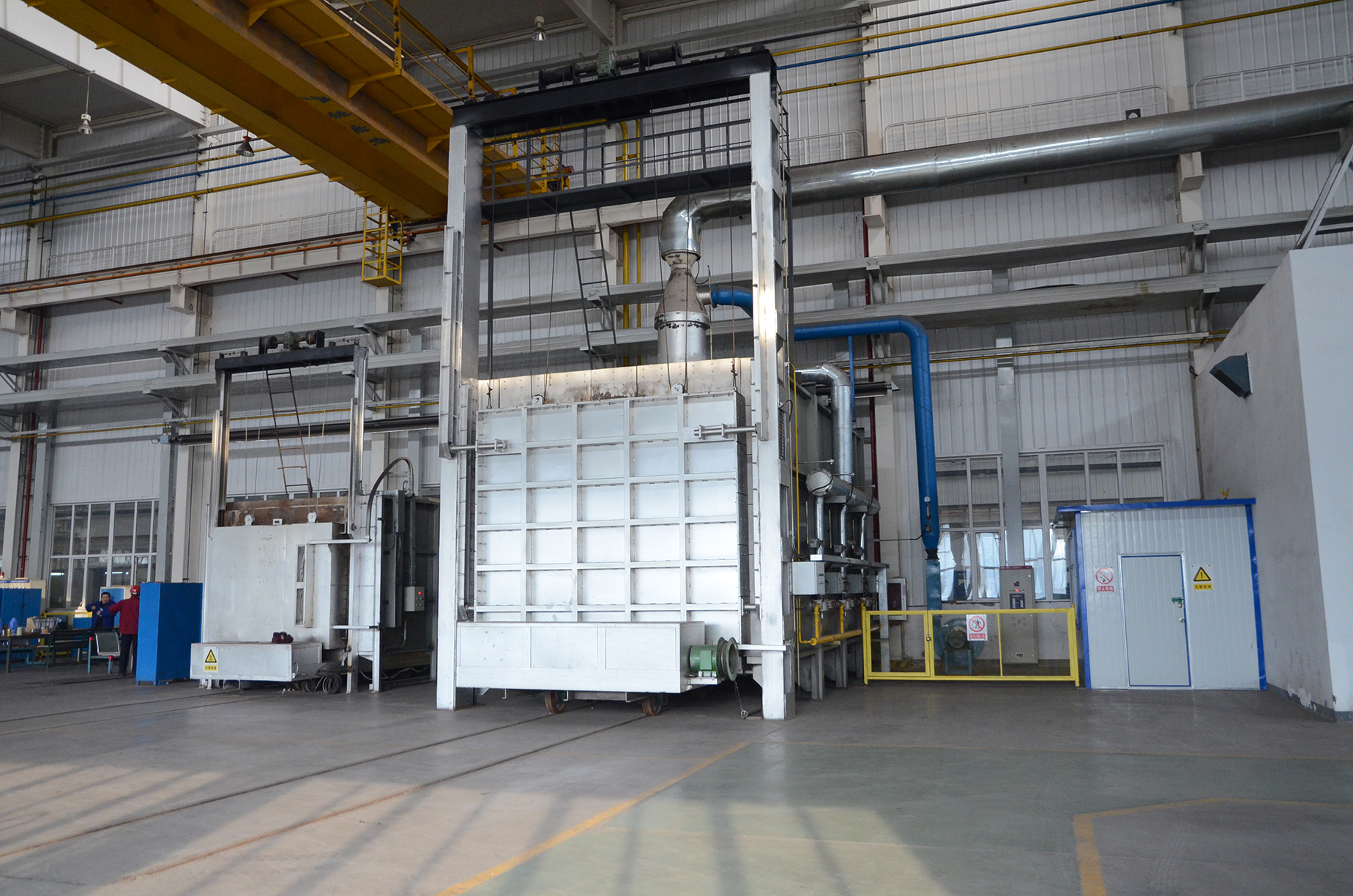stu . 26, 2024 10:25 Back to list
Durable Cast Iron Water Main Pipes for Reliable Plumbing Solutions
The Significance of Cast Iron Water Main Pipes
Cast iron water main pipes have been a fundamental component of urban infrastructure since the 19th century. Their durability, strength, and longevity make them an ideal choice for transporting potable water across cities. As urban areas expand and the demand for reliable water supply increases, understanding the significance of cast iron pipes becomes ever more critical.
Historical Context
Cast iron pipes began making their appearance in the mid-1800s. The industrial revolution spurred advancements in metallurgy and manufacturing, enabling the production of strong and resistant materials. Cast iron, known for its unique combination of strength and malleability, emerged as a preferred material for water distribution systems. The first known application of cast iron pipe for water transportation was in London in the 1640s, but it became more widely used only after the 1800s.
Cities quickly adopted cast iron pipes for their water mains due to various factors. Not only did they offer a means for transporting large volumes of water, but they also stood up well against the corrosive effects of water, reducing maintenance costs and replacement frequency compared to earlier materials like wood and clay. This historical context underscores the pivotal role cast iron pipes played in shaping modern water supply systems.
Advantages of Cast Iron Water Main Pipes
One of the primary advantages of cast iron pipes is their exceptional strength. Capable of withstanding high pressure, they are better suited for handling the rigorous demands of urban water systems. The inherent ability of cast iron to resist deformation under pressure ensures that these pipes can function effectively for decades.
In addition to their strength, cast iron pipes also demonstrate excellent resistance to corrosion. When properly coated or treated, they can withstand the abuse of environmental stresses and chemical interactions. This resistance contributes to the longevity of these pipes, often allowing them to remain in service for over a century.
cast iron water main pipe

Another key benefit is their sound insulation properties
. Cast iron pipes can dampen noise generated by the movement of water, making them advantageous in residential and commercial areas where noise pollution is a concern.Challenges and Innovations
Despite their many benefits, cast iron pipes are not without challenges. Corrosion can still occur, particularly if the water's chemical composition is aggressive. The aging infrastructure of many cities has revealed issues such as leakage and bursts, leading to significant water loss and costly repairs.
In response to these challenges, innovative solutions have emerged. Techniques such as trenchless technology allow for the rehabilitation of aging cast iron pipes without the need for extensive excavation. Additionally, modern coatings and linings can enhance the corrosion resistance of existing cast iron infrastructure, extending their service life significantly.
The Future of Cast Iron Water Main Pipes
As cities continue to grow and the demand for water increases, the role of cast iron water main pipes will remain crucial. While newer materials—such as high-density polyethylene (HDPE) and ductile iron—are making strides in the industry, cast iron remains relevant due to its historical significance and proven performance.
Future advancements may focus on improving the resiliency of cast iron pipes against climate change impacts, such as increased rainfall and flooding. Moreover, integrating smart technology can help monitor the condition of these pipes in real-time, allowing for proactive maintenance and reducing the risk of catastrophic failures.
In conclusion, cast iron water main pipes have played an indispensable role in the development of urban water supply systems. Their strength, durability, and historical significance affirm their value in modern infrastructure. As cities evolve, so too will the technologies and methodologies that allow these pipes to continue serving communities effectively. The future will likely see a combination of traditional materials, like cast iron, working cohesively with innovative technologies to ensure a reliable water supply for generations to come.
-
Durable Cast Steel Concrete Pipe Mold Bottom Rings & Base Trays
NewsAug.23,2025
-
Centrifugally Cast Iron Water Main Pipe for Reliable Mains
NewsAug.22,2025
-
Durable Centrifugally Cast Iron Water Main Pipe
NewsAug.11,2025
-
Centrifugally Cast Iron Water Main Pipes for Reliability
NewsAug.10,2025
-
High-Quality Centrifugally Cast Iron Water Main Pipes
NewsAug.09,2025
-
Durable Cast Iron Water Main Pipe & Drainage Solutions
NewsAug.08,2025


